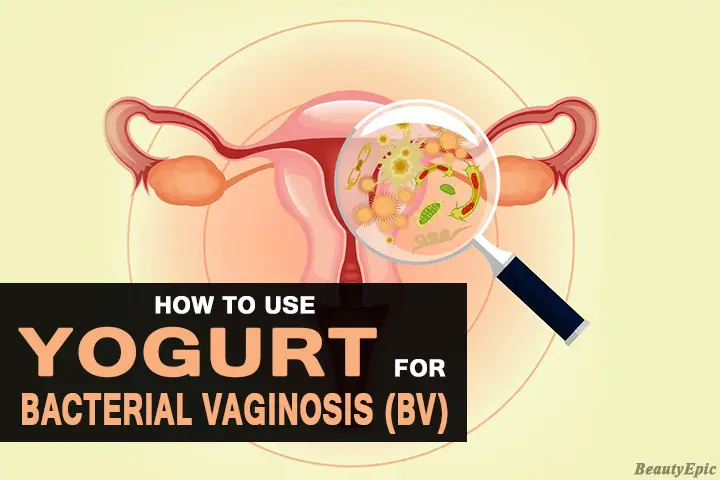
Important: This article is for informational purposes only. Please read our full disclaimer for more details.
Bacterial vaginosis is the most common gynecological infection and in the case of sexually active women, there are chances of the infection getting transmitted to the partner. It is advisable to treat the infection in its initial stages, and what could be better than treating it with a natural remedy. The most used method is the yogurt. Below we have mentioned how one can use yogurt for bv bacterial vaginosis treatment. The remedies are quite easy to do and can be extremely beneficial to cure the problem with ease. Have a look!
Does Yogurt Help BV?
- Most yogurts have active cultures. These keep the immune and digestive systems healthy keeping the bacterial colonies at bay.
- The presence of these causes bacterial vaginosis.
- Using yogurt, one can restore the female genitalia normal pH balance as well as reduce the growth of bad bacteria.
- This in turn will be effective against Bacterial Vaginosis.(1)
How to Use Yogurt for BV (Bacterial Vaginosis)
Yogurt is a dietary supplement and has always been widely accepted as a great post meal option. It contains probiotics – a friendly bacteria present in the digestive system. Live strains of these good bacteria are found in yogurt, which can prove beneficial to combat against bacterial vaginosis.(2)
1. Yogurt Tampon for BV
You’ll need:
- tampon
- yogurt
Preparation time: 5 minutes.
How to do:
- Take a tampon and soak it in yogurt.
- Place the soaked tampon in your female genitalia and leave it for 1-2 hours.
- Ensure that you do not leave it in overnight.
Repetitions: You can follow this method until you see that all the symptoms have disappeared.
[ Read: How to Use Apple Cider Vinegar for BV ]
2. Yogurt on a Pad for BV
You’ll need:
- yogurt
- cotton pad
Preparation time: 5 minutes.
How to do:
- Take some yogurt in a bowl and soak a cotton pad in it.
- Gently place the cotton pad on the affected area.
- After half an hour, use fresh water to thoroughly clean the area.
Repetitions: Doing this 3 times in a day will give your positive results.
[ Read: How to Treat BV with Garlic ]
3. Yogurt Douche for BV
- You’ll need:
- applicator
yogurt
Preparation time: 5 minutes.
How to do:
- Buy an applicator from a local pharmaceutical shop.
- Using the applicator, try and insert a little bit of yogurt.
- Alternatively, you could also do it with the help of your fingers.
- In order to avoid the yogurt falling off, just use a panty liner or a pad.
Repetitions: Follow this above method 2 times a day.
[ Read: How to Cure BV with Coconut oil ]
4. Eating Yogurt for BV
- Eating a cup of yogurt twice in a day can be helpful in treating bacterial vaginosis.
Pregnancy and Breastfeeding:
Yogurt seems to be safe in food amounts and might be safe when applied intravaginally during pregnancy. It’s best to avoid intra-vaginal use if you are nursing.
Tips and Precautions:
Though yogurt is reportedly safe when it is taken by mouth or applied on the female genitalia, but there have been side effects when the yogurt that is used is infected with bad bacteria.
- Buy a plain yogurt to avoid any obstruction caused by additional ingredients.
- Always buy a good quality yogurt and check its expiry date.
- Yogurt that has been prepared at home must be stored properly.
- Intake of yogurt is not safe for people with a weak immune system as it further aggravates the condition.
- Ciprofloxacin, an antibiotic drug interacts with yogurt. Yogurt can reduce the effectiveness of this drug.
- Do not exceed the limit of 150ml of yogurt per day to ward off bacterial vaginosis.(3)
You Might Also Like:
- How Effective is Coconut oil for BV
- How to Use Hydrogen Peroxide for Bacterial Vaginosis
- How To Use Boric Acid for BV
- How to Use Tea Tree oil for BV
Image:- 1















